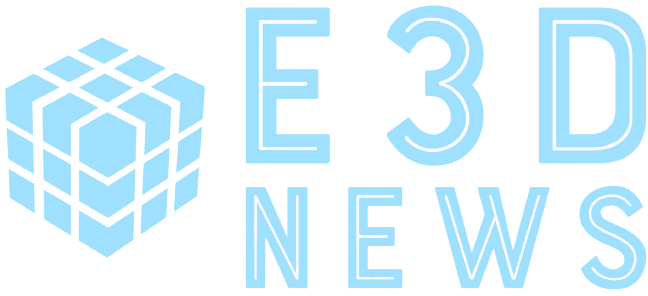One of the themes that we discuss on this site is how difficult it can be to change the way things work at schools. Justin Reich was clear that the things that we need are narratives and models to pair with new technologies. But because those technologies are marketable, sellable, and especially ownable, it has always been easier to discover them than it has been to create new models that can be adaptable into the existing system.
Transcend Education, a non-profit focused on sharing tools and insights on how to make schools more equitable, launched a curated database of educational models, making them fully searchable.
Each model is a broad breakdown of how a school or company in the US has implemented innovative practices. For example it gives information on how an organization like Building 21 has implemented competency based education at 36 schools. It highlights some of the outcomes that can be expected as well as the supports that are provided for implementing the model. It links to videos and infographics like the one below.
The database does not cover everything, it is more of a jumping off point. In general, one of the most difficult parts of innovating in K-12 is knowing what sort of innovation is being tried elsewhere. For years, knowing about an innovative method for organizing a school required either knowing someone at the school or being lucky enough to run across an article on the topic.
Public schools are often more siloed than other organizations. Schools by their nature are likely to only be geographically close to other schools in their district. Mixed with the fact that districts typically run more top-down, it can make innovation hard.
But COVID threw a lot of that out the window and required people to start thinking differently. It caused a lot of financial innovation and has created a much larger appetite for innovation in general than existed beforehand.
This database allows people to see what other educators are doing and leads them to ways they can dive deeper and implement it themselves so superintendents and district reformers can make use of it to improve their schools.
More Stories
A Boomer’s view of Student Debt
Student loan forgiveness has been in the news again recently with the White House announcing $5.8b additional student loan debt...
Tutoring as a part of teaching / Everything comes back to money
One of the difficult things with education is our reliance on a “one size fits all” model. We have for...
Justin Reich on Learning Loss, Subtraction in Action, and a future with much more disrupted schooling
Justin Reich is an education and technology researcher and the director of MIT’s Teaching Systems Lab. He hosts a podcast...
Public K-12 Enrollment is falling and that is dangerous and exciting
A surprising result of COVID and the resulting school closures is that many parents, after struggling to figure out how...
Esports could help re-diversify a shrunken curriculum
Esports and schools feel like a pretty strange fit. Regular sports have always gone with schools, but adding esports still...
People aren’t flipping out for flipped classrooms like they used to
Flipped learning, a new strategy for teaching that flips the traditional idea of classroom lecture followed by homework on its...
